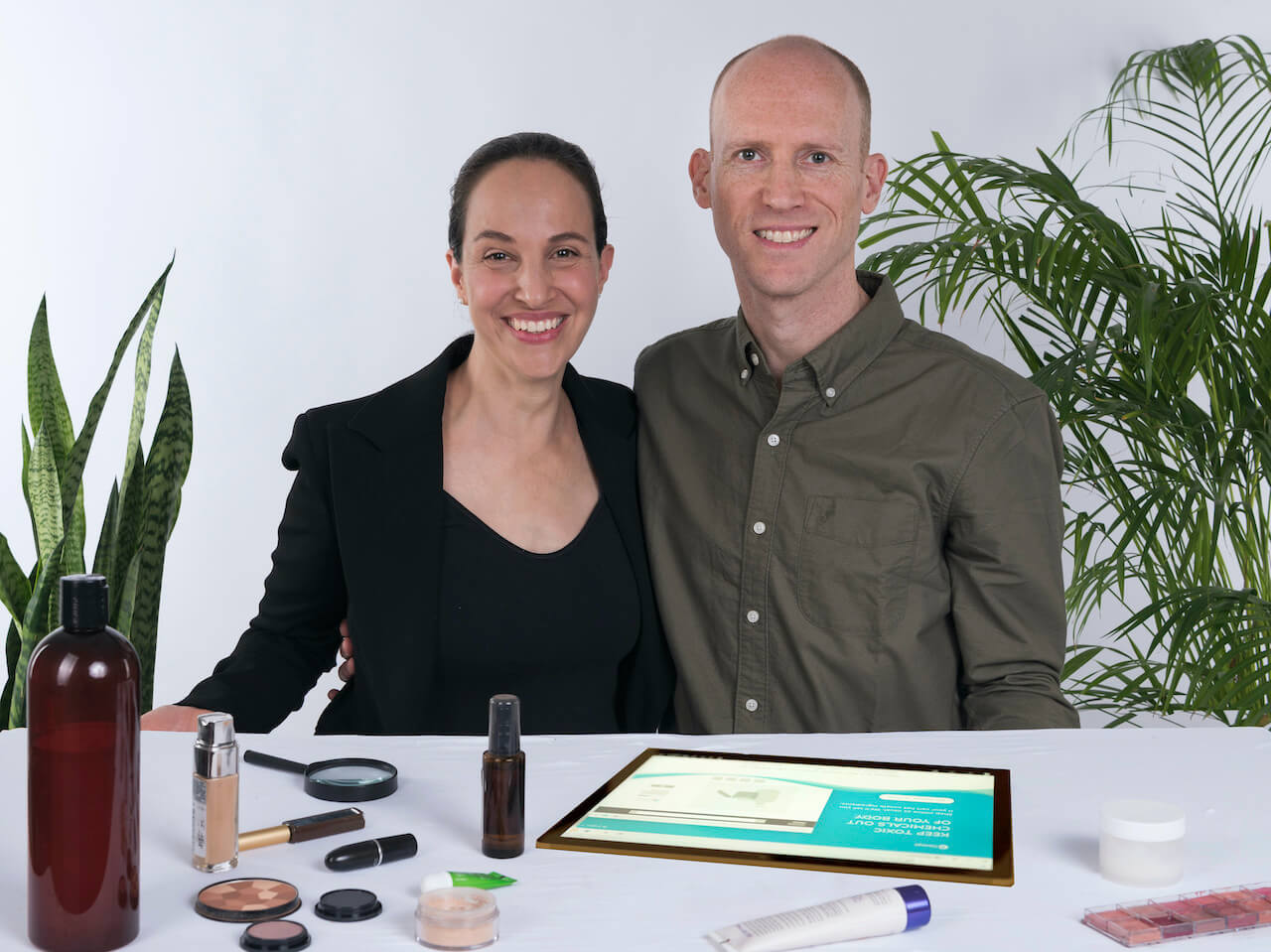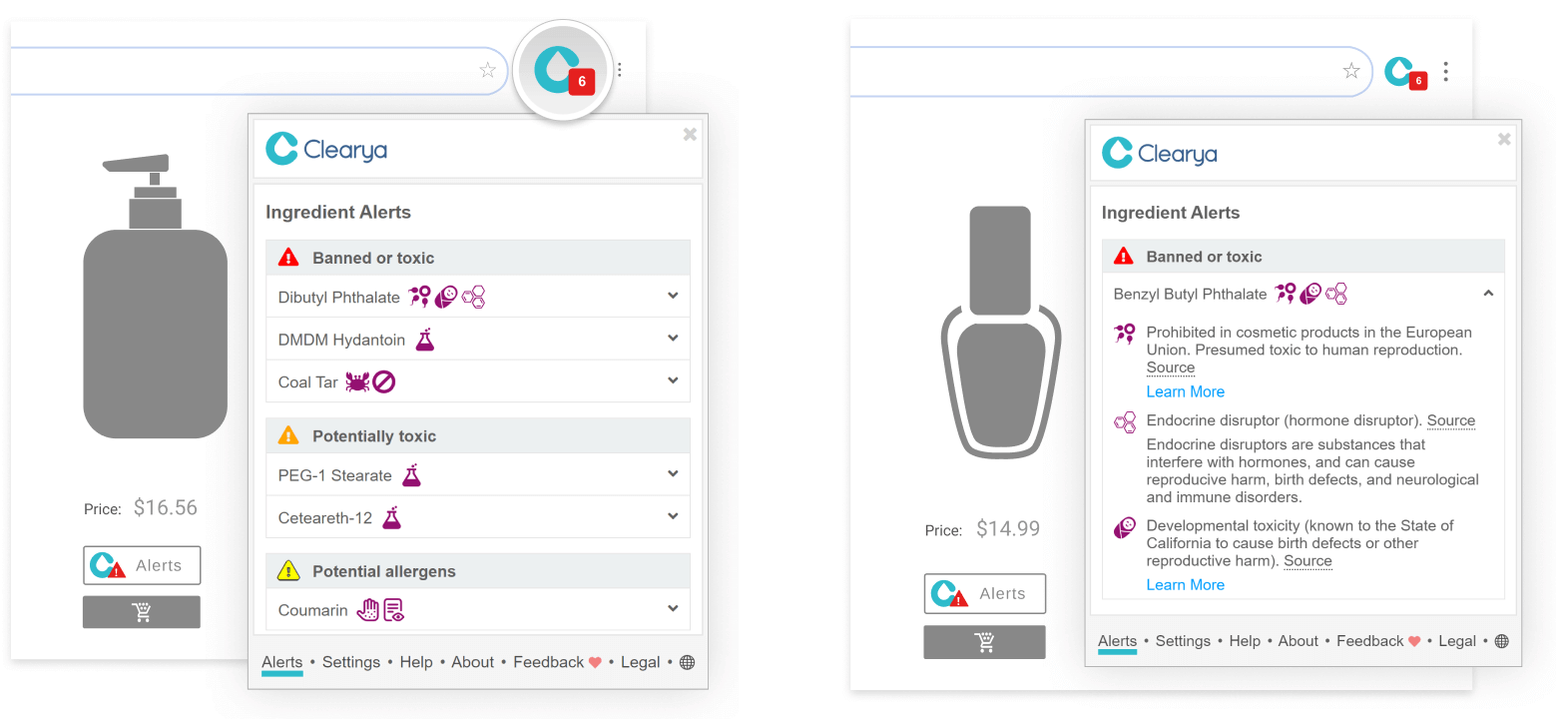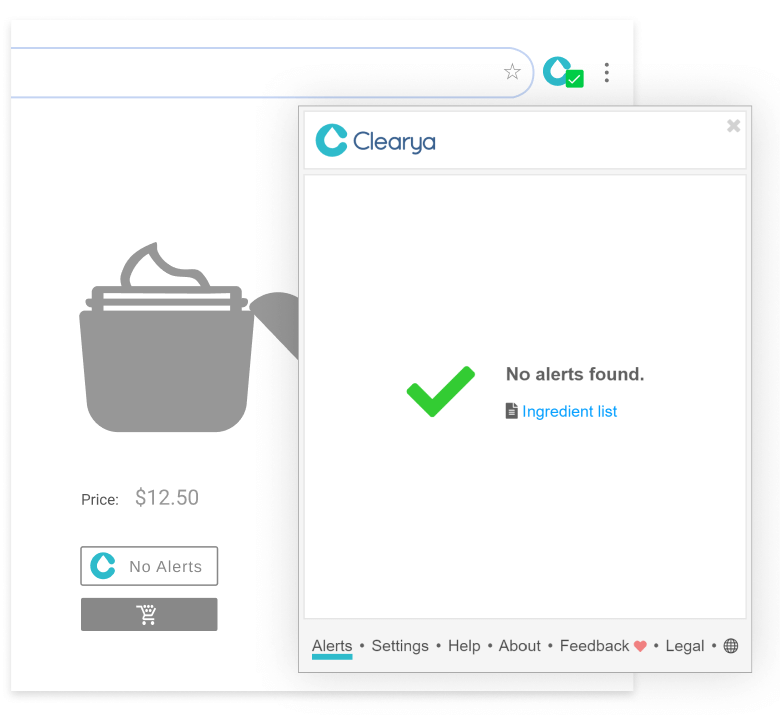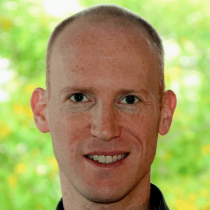We got the wake-up call 4 years ago: my beloved wife Chen was diagnosed with breast cancer. We were shocked: why would a young and healthy yoga therapist, a vegetarian without a family history of cancer, get cancer? We will never know for sure, but according to a growing body of science, one reason could be exposure to carcinogens and hormone disruptors in our environment. A year later, following a surgery, chemo and radiation therapy, my wife recovered, and we restarted our life with a determined decision to keep toxic chemicals out of our home, and away from our two children.

It took two years of research and software development, before “Clearya” was born: for my family, and for everyone else to use: www.clearya.com

Clearya spots unsafe chemicals by matching the ingredient names (and their synonyms!) to over 15 different official toxic chemical lists, created by the California Environmental Protection Agency, the Government of Canada, the European Union’s Commission, the European Chemicals Agency, the United Nations Environment Programme, and others.
Evidently, the U.S. cosmetics regulation is so permissive, that Clearya often alerts on ingredients contained in products that are sold online despite being classified by California EPA and European regulators as linked to cancer, hormone disruptors, reproduction toxicants which may harm fertility, developmental toxicants which can cause birth defects and other harm to the developing child, not to mention allergens, and other banned or restricted ingredients.
Clearya’s technology powers a collective community effort: every time a Clearya user browses a new safe or unsafe product online, the system gets a little smarter, and these cumulative insights can serve everyone else.
We recently looked back at 8,000 products visited by users, to see how common cancer-related ingredients in personal care and beauty products are. Many of the products passed the test without any alerts. But over a hundred products contained ingredients linked with cancer, and over a thousand products had ingredients linked with estrogenic hormone disruption. The analysis surfaced two more hidden risks: (1) The extensive use of chemicals that are harmless in their pure form but are prone to be contaminated by toxic byproducts of their manufacturing process. (2) The word “fragrance” on the labels of beauty and personal care products is ubiquitous as an “ingredient” due to a federal labeling loophole, because it does not disclose the actual chemicals that make up the fragrance.
This study, in collaboration with Silent Spring Institute, will be presented in the upcoming Annual Conference of the International Society for Environmental Epidemiology. You can read about some of our findings here.

My takeaways from our family’s journey? Legal doesn’t mean safe. Marketing words like “Natural” don’t warrant safety either. Sadly, regulators haven’t yet closed the gap between what scientists know is harmful and the ingredients in products that brands are still allowed to sell.
In the meantime, our mission at Clearya is to empower people to make safer choices for their families. Give it a try! Download Clearya to your iPhone, Android phone, or computer. You might be surprised by what you discover.
Now, imagine what would happen if a million people like you and I verified every ingredient and stopped buying unsafe products. How would a wave of well-informed consumers impact the industry’s safety standards? That’s our goal. Will you make a gift to Clearya today to help us expand Clearya to empower more families?


